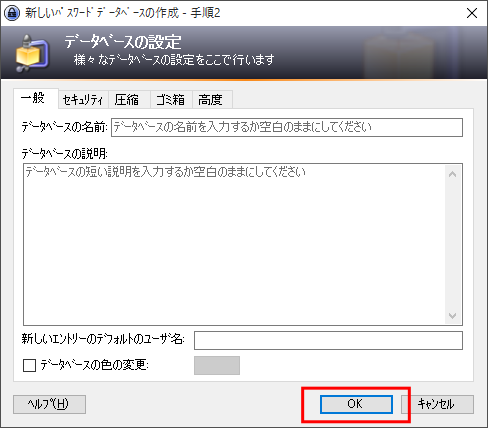
- KEEPASS DROPBOX HOW TO
- KEEPASS DROPBOX FOR MAC
- KEEPASS DROPBOX INSTALL
- KEEPASS DROPBOX UPDATE
Download here: (download the ‘binary package’ dmg file).
KEEPASS DROPBOX FOR MAC
Add to your KeePass folder -which already contains KeePass portable and your database - the KeePass software for Mac in case you end up on a Mac. travelling (remember: not a problem if you lose it, database is encrypted and requires your master password) Buy a tiny USB drive that fits in your wallet (I use this) and put your database on there, including the KeePass portable software. If you're someone more important than me, re-consider keeping your database in the cloud and instead go for e.g. kdb in the cloud, but if you use a decent master password it will take many years to crack the encryption, so I chose convenience. KEEPASS DROPBOX UPDATE
If you store it on, for example, gmail, you have to update it manually every few weeks to keep passwords up-to-date. This should be a (zipped) folder that contains KeePass portable, and your database file. in gmail, dropbox, google drive, or on your personal site.
Have one copy of your database available ‘in the cloud’, i.e. First, you need to make sure you have access to your passwords everywhere. The beginning is a bit boring, because you have to enter all your accounts. For the master password select a very strong password ( ). Go to all your accounts online and change the passwords into KeePass-generated passwords (see here or official site for tutorial) Open KeePass, create your database, and start entering your accounts into the database. 
KEEPASS DROPBOX INSTALL
Download the portable version of the software (so you don’t have to install it but can run it straight away), available here (right top, ‘Portable KeePass’ under ‘Professional Edition’ install into Dropbox or a flash drive serving as portable digital key). a master password you have memorized (only password you’ll ever need). KeePass software - download version 2 if you're just getting started (see here for comparison between v1 and v2). So to access all your passwords at any time, you need: You need to open the file with KeePass, and enter a password to gain access to the database. All your passwords are stored in this one database file, which sits like any other file on your computer. If you're like me and prefer your software to be open-source and privacy-respecting, try SyncThing or any other ones mentioned on this GitHub page (hat-tip Parker for pointing me to that treasure trove of software). All you need is KeePass, which is free, Dropbox and a tiny flash drive to have permanent access to your secure passwords. Also, you can use expensive flash drives that protect your passwords (like this shiny Kingston one), but there’s no need to rely on proprietary solutions. KEEPASS DROPBOX HOW TO
This is not a guide to how to use the KeePass software itself (see here or official site for that), but practical steps to take when starting to use it (on Windows works about the same on Macs and Linux). couple of other reasons, if you're interested.

the feeling of moral superiority you get when someone else forgets their password.it's a hassle having to remember your passwords, especially the ones that you have to change periodically.using the same simple password for multiple sites is risky, as when security is breached for one of those websites, hackers can use that same login information for all the other sites as well.

LastPass is excellent too).įirst off, why even bother with password managers? You should use KeePass (or similar password management software), because: I don't care whether you use KeePass, which I discuss here, as long as you use some password manager (e.g. As Lifehacker pointed out, KeePass would have helped you keep relatively safe in case of websites getting their user info stolen. KeePass, why and how to use it effectivelyĪlmost every other month a major website announces that their user database has been hacked.







 0 kommentar(er)
0 kommentar(er)
